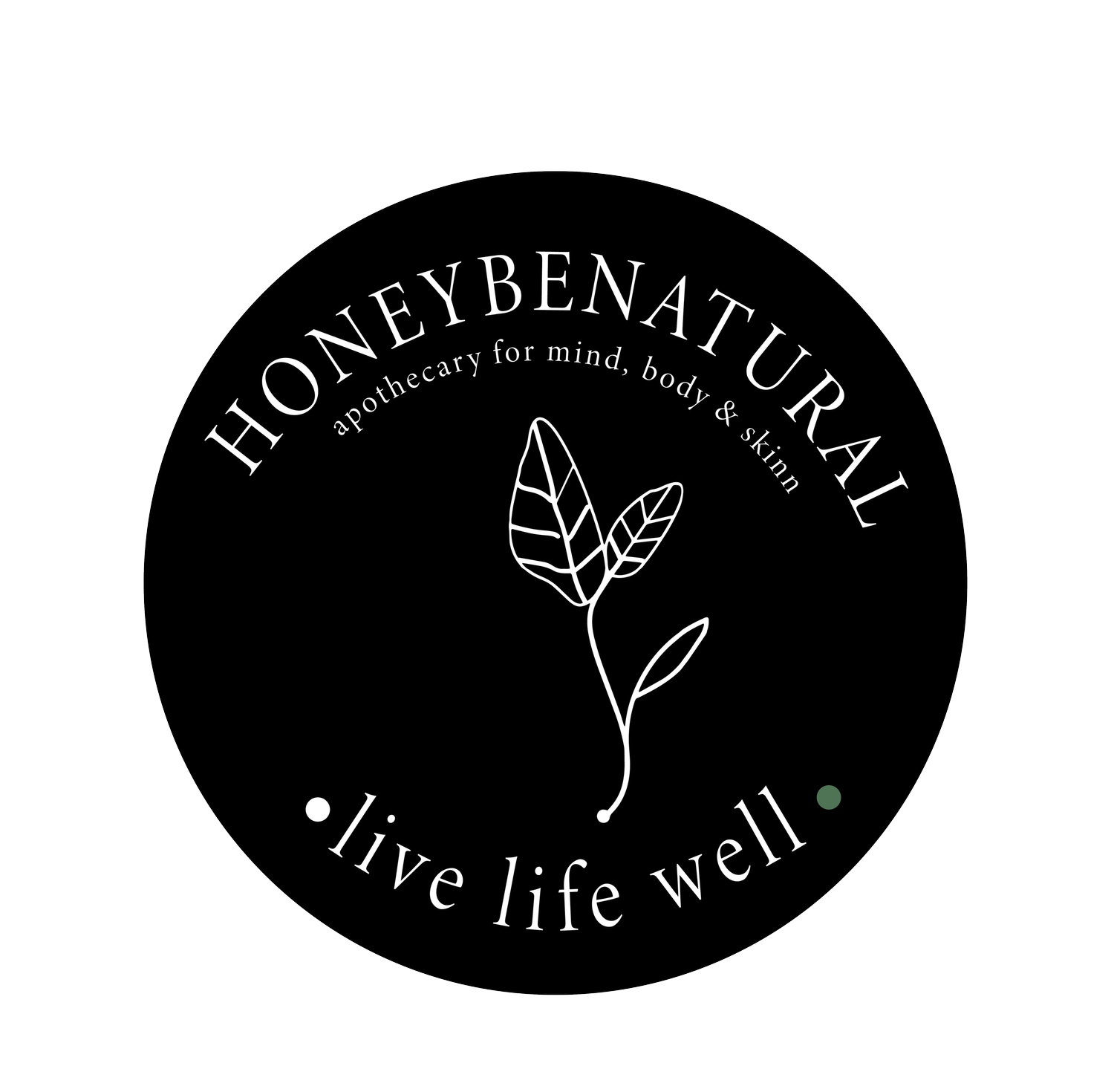Somatic breathing is a term used to describe a type of breathing practice that focuses on reconnecting with and regulating the body's natural breathing patterns. It emphasizes awareness of the sensations of breathing and encourages a deeper, more conscious relationship with the breath. Somatic breathing techniques can help reduce stress, promote relaxation, and enhance overall well-being by bringing attention to the present moment and calming the nervous system when in fight, flight or freeze mode.
Here's some somatic breathing techniques :
Diaphragmatic Breathing: Also known as "belly breathing" or "abdominal breathing," diaphragmatic breathing involves engaging the diaphragm muscle to take deep, slow breaths. To practice diaphragmatic breathing, lie down or sit comfortably with one hand on your chest and the other on your abdomen. Inhale deeply through your nose, allowing your abdomen to rise as your diaphragm contracts and air fills your lungs. Exhale slowly through your mouth, feeling your abdomen fall as your diaphragm relaxes.
Grounding Breaths: Grounding breaths are used to help anchor your awareness in the present moment and create a sense of stability and calm. To practice grounding breaths, visualize or imagine that you are sending your breath downward into the earth with each exhalation, rooting yourself like a tree with deep, strong roots. As you inhale, imagine drawing up nourishing energy and support from the earth into your body.
Vibrational Breath: The vibrational / sighing breath is a natural, spontaneous breath that helps release tension and reset the nervous system. To practice vibrational / sighing breaths, take a deep breath in through your nose, then exhale audibly with a vibrational or sighing sound through your mouth. Allow yourself to release any stress, tension, or pent-up emotions with each sighing breath.
By incorporating somatic breathing techniques into your daily routine, you can cultivate greater awareness, relaxation, and resilience in the face of stressors. Experiment with different techniques to find what works best for you, and remember to approach your practice with gentleness and self-compassion.
